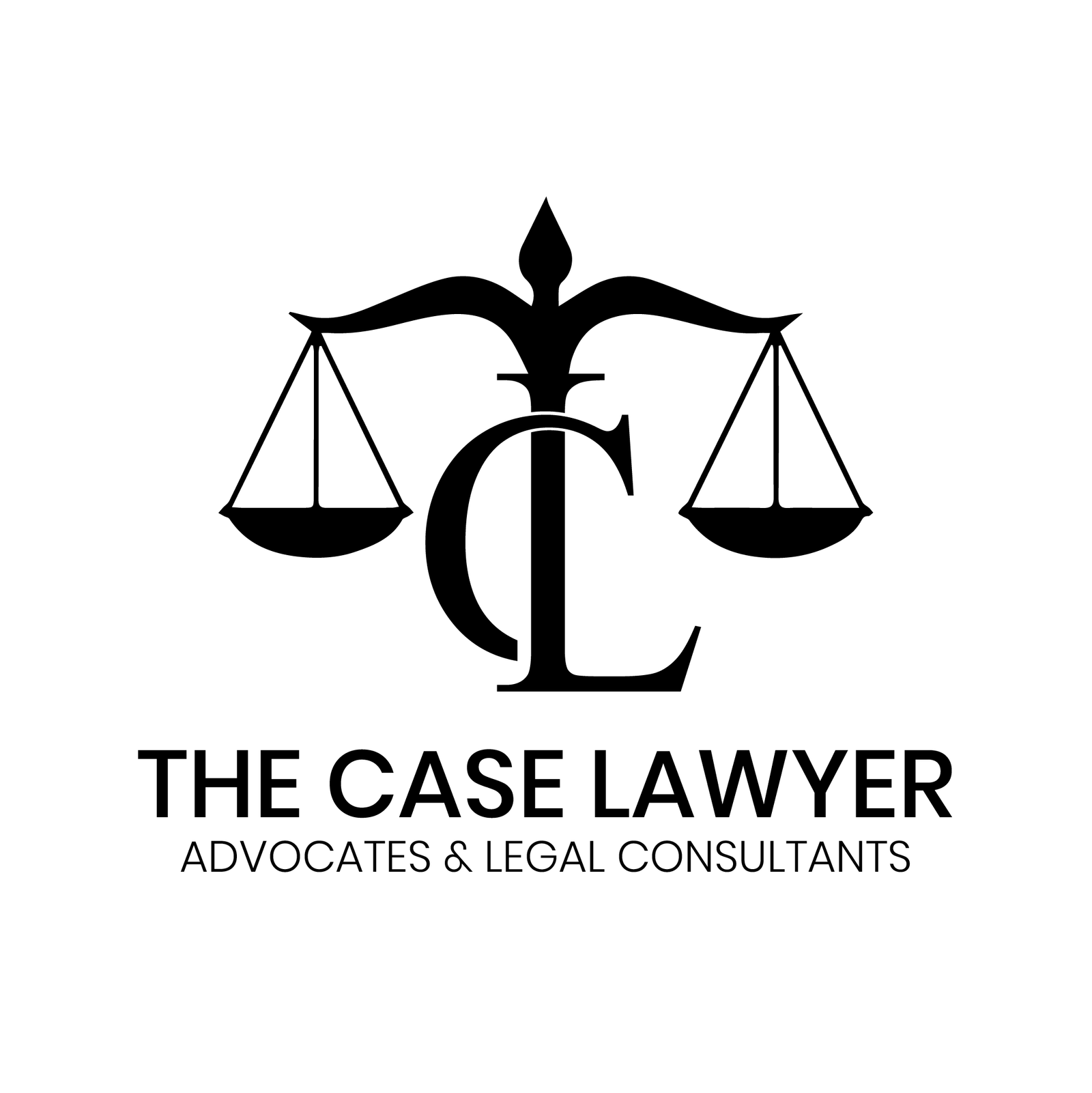What is protected speech?
A protected speech is a speech which is protected by the constitutional law of the state and enjoy full freedom such as freedom of speech & freedom of expression.
The Supreme Court of United States has determined that what exactly protected speech is.
Examples of protected speech
The following are examples of speech that the Court has decided are either entitled to protection of the First Amendment , or not.
Freedom of speech includes the right:
- Not to speak (specifically, the right not to salute the flag).
West Virginia Board of Education v. Barnette, 319 U.S. 624 (1943). - Of students to wear black armbands to school to protest a war (“Students do not shed their constitutional rights at the schoolhouse gate.”).
Tinker v. Des Moines, 393 U.S. 503 (1969). - To use certain offensive words and phrases to convey political messages.
Cohen v. California, 403 U.S. 15 (1971). - To contribute money (under certain circumstances) to political campaigns.
Buckley v. Valeo, 424 U.S. 1 (1976). - To advertise commercial products and professional services (with some restrictions).
Virginia Board of Pharmacy v. Virginia Consumer Council, 425 U.S. 748 (1976); Bates v. State Bar of Arizona, 433 U.S. 350 (1977). - To engage in symbolic speech, (e.g., burning the flag in protest).
Texas v. Johnson, 491 U.S. 397 (1989); United States v. Eichman, 496 U.S. 310 (1990).
Freedom of speech does not include the right:
- To incite actions that would harm others (e.g., “[S]hout[ing] ‘fire’ in a crowded theater.”).
Schenck v. United States, 249 U.S. 47 (1919). - To make or distribute obscene materials.
Roth v. United States, 354 U.S. 476 (1957). - To burn draft cards as an anti-war protest.
United States v. O’Brien, 391 U.S. 367 (1968). - To permit students to print articles in a school newspaper over the objections of the school administration.
Hazelwood School District v. Kuhlmeier, 484 U.S. 260 (1988). - Of students to make an obscene speech at a school-sponsored event.
Bethel School District #43 v. Fraser, 478 U.S. 675 (1986). - Of students to advocate illegal drug use at a school-sponsored event.
Morse v. Frederick, __ U.S. __ (2007). Source
What types of speech are protected by the first amendment?
What exactly is in the First Amendment?
Well, most importantly, and perhaps the source of so much misunderstanding, is that the Amendment begins with “Congress shall make no law.”
Many people gloss over this part.
They believe that the First Amendment personally guarantees THEM an inalienable right to speech, press, religion, and so on.
But all it really covers is what Congress is not allowed to restrict through specific laws.
Now, surprisingly, the First Amendment is only 45 words long.
It opens with, “Congress shall make no law respecting an establishment of religion, or prohibiting the free exercise thereof.“
This is called the Establishment Clause.
It means that Congress cannot favor a particular religion through legislature, nor can it legislate against the practice of a particular religion.
This clause has been used to stop state-sanctioned prayer in public schools, as well as to remove several displays of the Ten Commandments in front of courthouses.
It is also the basis of what is referred to as the separation between church and state.
Freedom of Speech:
Freedom of speech is used to justify a person’s supposed right to publicly state anything they want. However, this is very far from the truth.
There are a lot of situations where speech is extremely limited, and it is completely legal.
For example, being blocked for spamming on the internet is not a violation of free speech because private individuals can dictate whatever rules they’d like in regards to speech limitations.
Additionally, the Supreme Court has ruled that there are a number of exceptions to free speech.
When it comes to provocation, lying, obscenity, child pornography, threats, and copyrighted material, there are strict rules.
Freedom of press:
Freedom of press is similar, but better understood.
It prohibits Congress from interfering with the publication of information.
It applies not only to professional journalists, but regular citizens too.
This is especially relevant now that anybody can blog or tweet to a wide audience. However, if the press is defamatory and damaging, there are still certain limitations.
The scope of what is “defamatory” has long been debated.
Then there is the right of the people to peaceably assemble.
But again, this prevents Congress from passing a specific law prohibiting peaceful demonstrations.
If a demonstration is in violation of another law, for example if it endangers public safety, then there is nothing illegal about it being dispersed, or people being arrested.
Freedom to Petition:
Finally, the First Amendment allows for people to petition the government for a redress of grievances.
This clause is almost totally unknown, but it allows citizens to do things like file lawsuits against the government, or lobby public officials.
It protects citizens from prosecution if they complain or try to address their problems through government channels.
And, that’s it.
The First Amendment isn’t very long, but it covers a huge number of rights.


